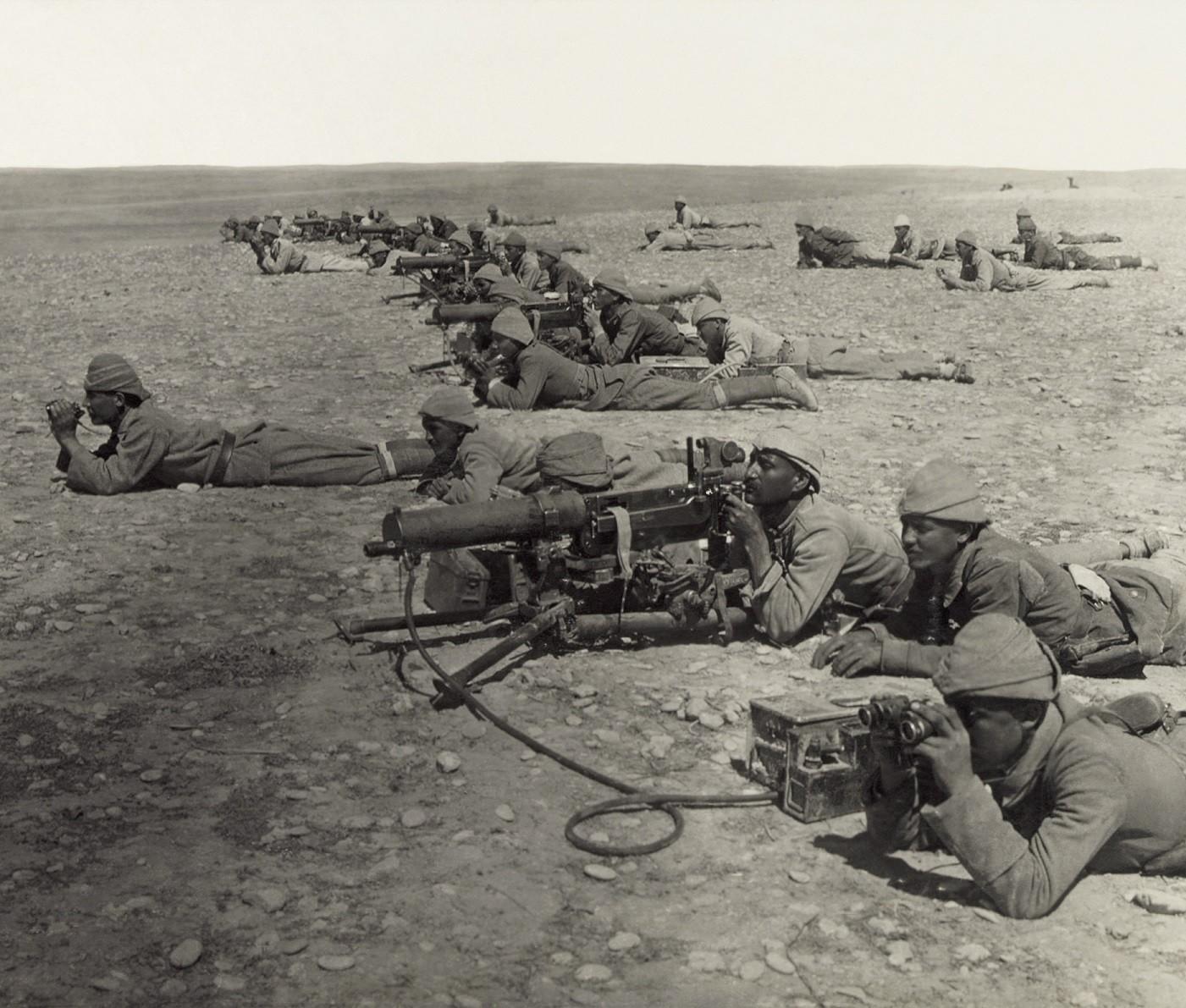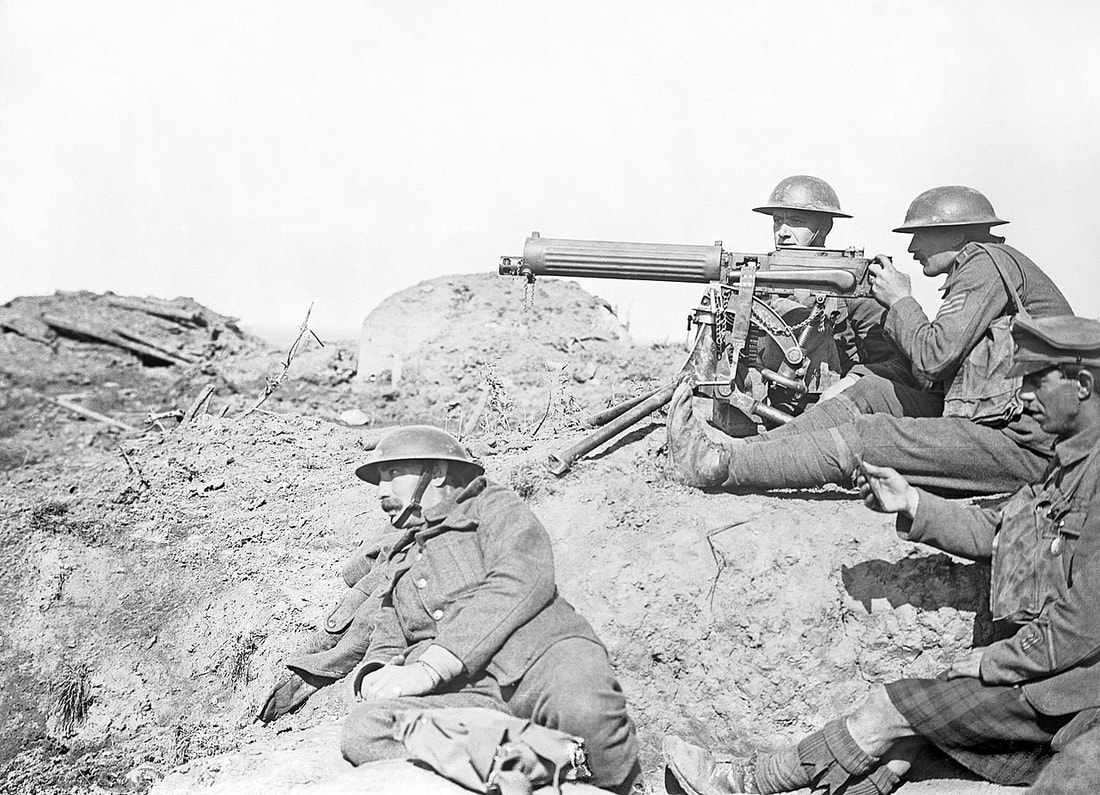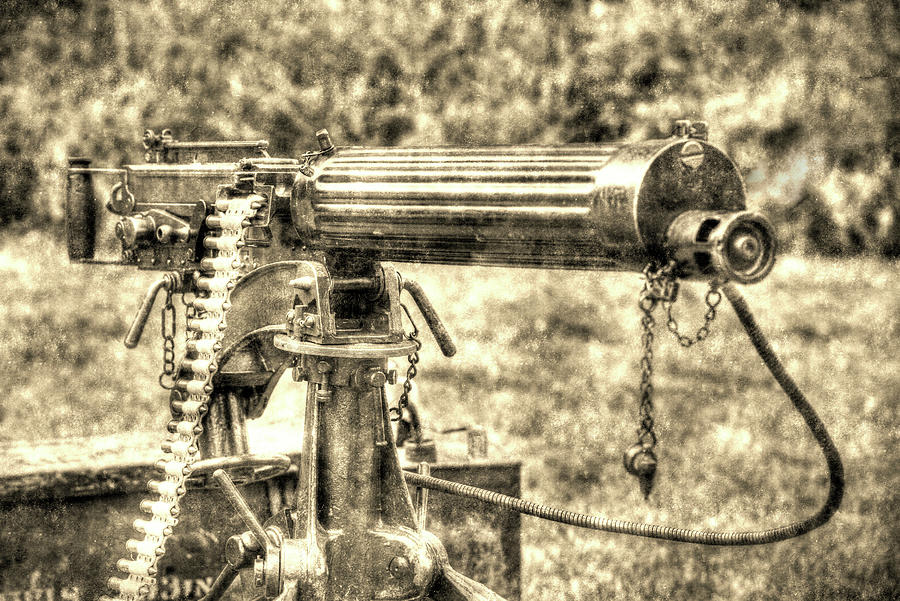Depending on the gunner and conditions, a barrel change could be needed as typically as every 200 to 250 rounds. When the hot barrel was gotten rid of, it was reserved up until it was cool enough to utilize once again. Machine-gun teams would have as lots of as 6 extra barrels on hand.
Driving through a recently secured area in Belgium, the sharp-eyed Liniewski found the abandoned weapon in a field. Liniewski then did what any without supervision GI would have performed in that position; he stopped his truck and seized the chance to snag a terrific keepsake for the folks back house. As a support soldier, Liniewski was not familiar enough with weapons to disassemble his MG-42, so he hung on to it for a while until he found a camp where German prisoners of war were being held.
The weapon remained in the Liniewski household up until 2016 when his kid Marty contributed the weapon to the Museum. In spite of its propensity to get too hot, the MG-42 was an outstanding weapon that was light-years of ahead of the United States equivalent, the Browning M-1919A4 gatling gun. Germany produced roughly 400,000 MG-42s throughout the war, some of which are still in active duty.

Taken together, all these weapons provided the Red Army a more practical variety of assistance weapons, better able to challenge the Germans for fire supremacy on the battleground. Fully detailed, this research study explains the innovation and the techniques of these gatling gun. Noted authority Chris Mc, Nab sets out how these machine weapons were distributed and tactically used and offers many examples of the weapons in action, from assault groups on the streets of Stalingrad to tank crews having a hard time for survival at Kursk.
How The Forgotten Automatic Weapons Of World War I can Save You Time, Stress, and Money.
Illustrated with premium pictures and specifically commissioned art work, this is a deep analysis of these necessary tools of warfare within the Soviet forces.
Taken together, all these weapons gave the Red Army a more practical variety of support weapons, better able to challenge the Germans for fire supremacy on the battleground. Totally detailed, this research study describes the innovation and the methods of these gatling gun. Kept in mind authority Chris Mc, Nab sets out how these gatling gun were distributed and tactically applied and offers various examples of the weapons in action, from assault teams on the streets of Stalingrad to tank crews struggling for survival at Kursk.
Illustrated with premium photos and specially commissioned artwork, this is a deep analysis of these essential tools of warfare within the Soviet forces.
The gatling gun business, commanded by a captain, had an assigned strength of six commissioned officers and 172 gotten guys, and brought 16 guns, four of which were spares. Within the business there were three squadrons and a headquarters area. A first lieutenant led the very first platoon, while second lieutenants led platoons two and 3.
The Best Guide To Weapons Used By The Australian Army In World War I


Within each section were 2 weapon squads, each with one gun and 9 males, led by corporals. The weapon squad had one battle cart, pulled by a mule, to carry its weapon and ammunition as near to the shooting position as opponent fire permitted. From there the crews moved the guns and ammunition forward by hand.
The battalion had a strength of 16 officers and 377 gotten men and was motorized. However, it had just 2 business, identical to the other machine gun business in regards to workers and weapons. Each gun squad used a special motor automobile to carry its workers, weapon and devices. The battalion was usually in division reserve, prepared to bring out missions as the division commander bought.
In this role the guns were put 300 to 1000 meters to the back of the cutting edge. When they employed their guns in that style, the gatling gun officers frequently faced opposition from the rifle business commanders, who preferred to have the guns farther forward, fearing that their infantrymen would be at risk of roaming low rounds as they advanced under the overhead maker weapon fire.
In addition, they quickly found that the device weapons were high concern targets for opponent fire, and that it was beneficial to have the guns at some distance from the infantry positions. Considering that enemy gatling gun postured the best danger to the attacking troops, the machine weapon teams made every effort to locate the opponent guns and to focus their fire upon them.
The Buzz on New Weapons Of World War 1
A proportion of the guns was kept back as a reserve under command of the machine weapon officer. 6Machine weapon tactical doctrine determined that in the defense the Hotchkiss weapons ought to just rarely be located within 100 backyards of the front line and that a minimum of two-thirds of the weapons ought to be echeloned back through the entire protective position, located so that nearby weapons would be mutually supporting.

7 To discover other features on the see our THE DOUGHBOY CENTER wishes to continually broaden this feature. Additions and remarks on these pages may be directed to:.
I was impaled on this. My only fear was that he would push the trigger which would have made a hell of a mess. In the meantime, my sergeant who was near he saw me; came in close; shot the fellow and after that hoisted me, with the aid of another guy, off the bayonet.
A bayonet injury directly it goes in it injures and the withdrawal is probably even more anguish than the 'putting in' since the 'putting in' is instantaneous. Another type of weapon was the trench club.